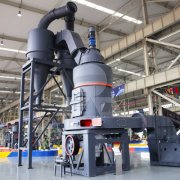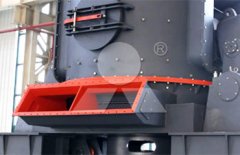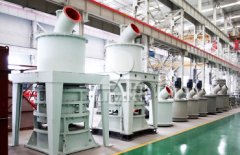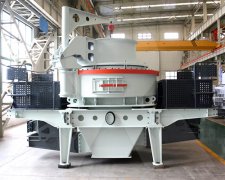limestone crusher capacity
The capacity of a limestone crusher can vary depending on several factors, including the size and type of the limestone, the desired output size, the feeding method, and the characteristics of the crushing machine. Generally speaking, limestone crushers can have varying capacities ranging from a few tons per hour to several hundred tons per hour.
Here are some common types of limestone crushers and their typical capacity ranges:
Jaw Crusher: Jaw crushers are commonly used as primary crushers for crushing large-sized limestone. Their capacity can range from 100 tons per hour to several thousand tons per hour, depending on the model and size of the machine.
Impact Crusher: Impact crushers are suitable for crushing medium-hard to hard materials, including limestone. Their capacity can range from 100 to 500 tons per hour or even more, depending on the specific model and rotor size.
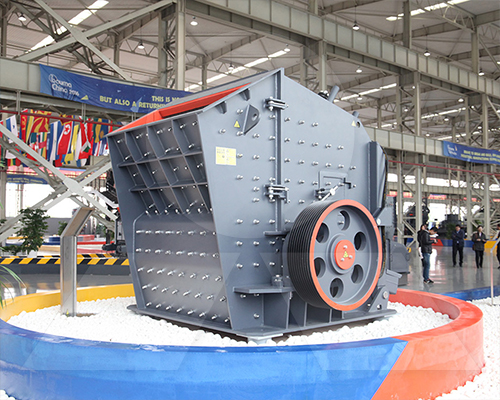

Cone Crusher: Cone crushers are often used for secondary or tertiary crushing of limestone. Their capacity can vary from 100 to 2,000 tons per hour or more, depending on the cone crusher model and settings.
Hammer Crusher: Hammer crushers are primarily used for the crushing of softer limestone materials. Their capacity can range from 10 to 3,000 tons per hour, depending on the model and size of the machine.
It's important to note that the actual capacity of a limestone crusher may vary based on factors such as the feed size distribution, moisture content, and hardness of the limestone, as well as the specific design and operational parameters of the crushing machine. Therefore, it's advisable to consult the manufacturer's specifications and guidelines to determine the exact capacity of a particular limestone crusher model.
Recommended news

